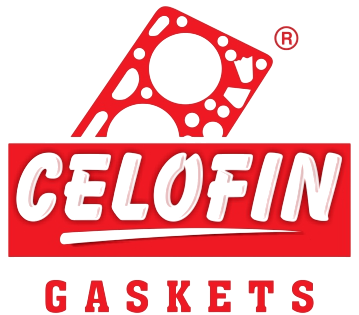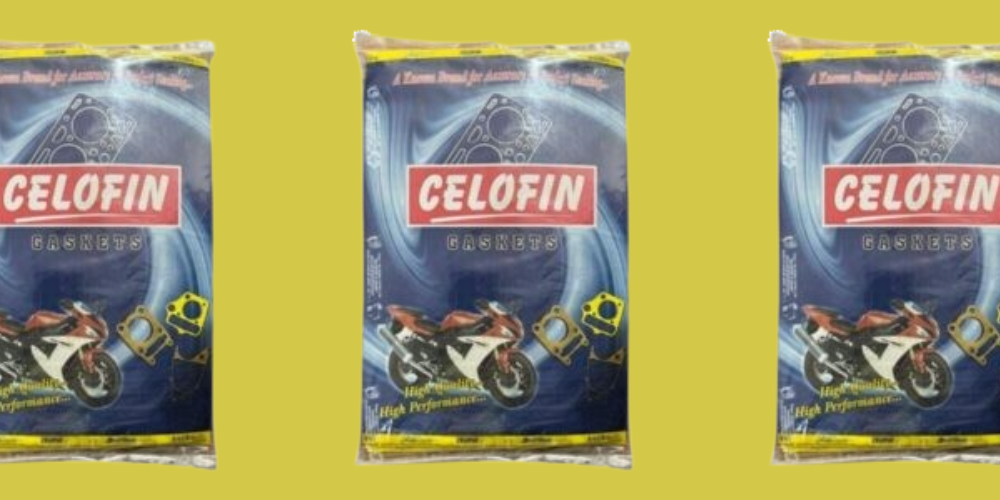Gaskets are small but critical components that play a major role in the performance and longevity of your two-wheeler’s engine. Choosing the right gasket for your two-wheeler is crucial to avoid frequent breakdowns, overheating, or loss of performance. Here’s a comprehensive guide to help you make the right choice for.
1. Understand the Purpose of Gaskets
Before choosing a gasket, it’s important to understand what it does. In two-wheelers, they’re most commonly used in areas like the cylinder head, exhaust manifold, crankcase, and carburetor. Gaskets ensure that combustion pressure, coolant, and lubricating oil stay where they should.
2. Identify the Type of Gasket Needed
Two-wheelers use several types of gaskets, each with a specific role:
Cylinder Head Gasket: It seals the space between the engine block and cylinder head, keeping combustion gases in and coolant/oil out.
Exhaust Gasket: Found between the exhaust manifold and cylinder head, it ensures no exhaust gases escape before reaching the silencer.
Crankcase Gasket: Located around the crankcase cover, this prevents oil leakage and helps maintain internal pressure.
Carburetor Gasket: Ensures there’s no air leakage in the fuel-air mixture entering the engine.
Oil Seal Gasket: Prevents oil leakage at rotating shafts like the crankshaft and camshaft.
Knowing exactly which gasket needs replacement is the first step in finding the right one.
3. Consider Material Compatibility
Metal (Steel, Copper, or Aluminum): Ideal for high-pressure and high-temperature applications like head gaskets.
Composite Materials: Often used in cylinder head gaskets, combining graphite or asbestos-free materials for better sealing and flexibility.
Rubber or Elastomer: Used in oil seals and crankcase gaskets, offering flexibility and resistance to oil and chemicals.
Cork or Paper: Common in older engines or low-pressure areas; not ideal for modern engines that operate under higher heat and pressure.
Choose a gasket made of a material that matches the operating conditions and chemical environment of your two-wheeler’s engine.
4. Match the Gasket to Your Engine’s Specifications
Every engine has specific dimensions and pressure requirements. Using a generic gasket or one made for another bike model can result in poor sealing and engine damage. Always refer to your motorcycle’s service manual to identify the OEM (Original Equipment Manufacturer) gasket specifications.
You should check:
- Bore size and thickness
- Bolt hole alignment
- Compression requirements
- Heat and chemical resistance
If in doubt, go for gaskets that comply with OEM standards or buy directly from the original manufacturer.
5. Choose Between OEM and Aftermarket Gaskets
There are two primary options when purchasing gaskets:
OEM Gaskets: These are supplied by your two-wheeler’s original manufacturer. They are generally more expensive but guarantee compatibility and performance.
Aftermarket Gaskets: Produced by third-party manufacturers. They can be cheaper and offer high performance if you choose a reputable brand, but there’s a risk of poor fit or inferior materials with low-cost suppliers.
If you opt for aftermarket gaskets, always choose a trusted brand known for quality and durability.
6. Consider Heat and Pressure Conditions
Two-wheeler engines, especially high-performance or long-distance models, experience extreme temperatures and internal pressure. In such cases:
- Use multi-layer steel (MLS) head gaskets for better heat dissipation and pressure handling.
- Choose gaskets with graphite coatings for thermal stability.
- For high RPM engines, ensure the gasket has reinforced edges and pressure resistance.
- Your gasket must be able to withstand these conditions without warping or leaking.
7. Watch for Signs of Gasket Failure
It’s equally important to know when your gasket might be failing so you can replace it in time. Symptoms include:
- Oil or coolant leaks
- Overheating engine
- Loss of power or misfires
- White smoke from the exhaust
- Unusual engine noises
If you notice any of these, inspect the suspected gasket and replace it with one that matches the original specification.
8. Don’t Compromise on Quality
Gaskets are not a place to cut corners. A cheap or inferior gasket can lead to engine failure and expensive repairs. When selecting a gasket, look for:
- ISO or OEM certifications
- Good reviews or mechanic recommendations
- Proven durability in similar engine types
- Quality gaskets last longer, resist wear better, and protect the engine more effectively.
9. Installation Matters
Even the best gasket can fail if not installed properly. Ensure:
- Surfaces are cleaned thoroughly before installation.
- Proper torque is applied when tightening bolts.
- No excess sealant is used (unless specified).
- The gasket is correctly aligned.
If you’re unsure, it’s always best to have a certified mechanic install the gasket.
10. Consult Experts and Reviews
Mechanics and bike service professionals often have real-world experience with different gasket brands. Consult them for recommendations. Online forums and user reviews can also provide insight into the durability and performance of specific gaskets for your bike model.
Why Choose Celofin Gaskets?
When reliability and performance matter, Celofin Gaskets stand out as a trusted name in the two-wheeler gasket market. Known for precision engineering and superior materials, Celofin Gaskets are designed to meet and exceed OEM standards. Whether you’re replacing a head gasket or sealing a crankcase, Celofin offers excellent resistance to heat, pressure, and chemical exposure.
With a strong reputation among mechanics and motorcycle enthusiasts alike, Celofin Gaskets deliver exceptional value and performance, making them a smart choice for riders who care about their engine’s longevity and efficiency.
Conclusion
The right gasket is essential for sealing, performance, and engine longevity. Don’t compromise on quality; choose materials and brands that match your bike’s needs. A small part, like a gasket, can make a big impact. Ride confidently and safely with reliable options like Celofin, built for lasting performance.

